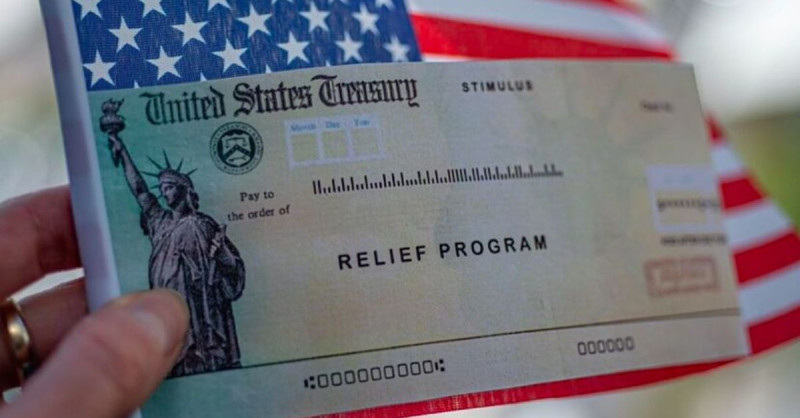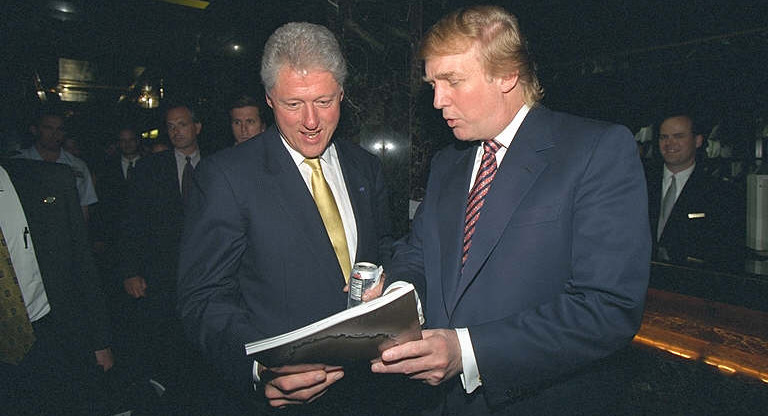The political landscape is abuzz with discussions surrounding President Trump's proposed $2000 tariff dividend checks, a plan that has sparked both anticipation and skepticism among Americans. This initiative, which aims to provide financial relief to low- and middle-income families, is funded by revenues generated from tariffs imposed during Trump's administration.
The concept of a tariff dividend has been a recurring theme in Trump's economic strategy, with the president suggesting that Americans could receive rebates from the billions in tariff revenue collected during his trade wars. The proposed $2000 stimulus checks are intended to alleviate the financial burden on American households, especially as the country grapples with economic challenges.
While the idea has been met with enthusiasm by some, it has also raised questions about feasibility and implementation. Critics argue that the plan may face significant hurdles, including the need for congressional approval and potential legal challenges. Despite these concerns, the White House has expressed commitment to moving forward with the proposal, with President Trump promising that the checks will be distributed by mid-2026.
Eligibility for the $2000 tariff dividend checks is expected to be based on income levels, with a focus on supporting low- and middle-income Americans. However, the exact details of the eligibility criteria have not been officially released, leaving many potential recipients in a state of uncertainty.
As the nation awaits more concrete information, the proposed $2000 tariff dividend checks remain a contentious topic. While some view it as a much-needed economic boost, others see it as a politically motivated move that may not address the underlying issues facing the American economy. Regardless of the outcome, this proposal underscores the ongoing debate over the role of tariffs in economic policy and their potential impact on American households.



